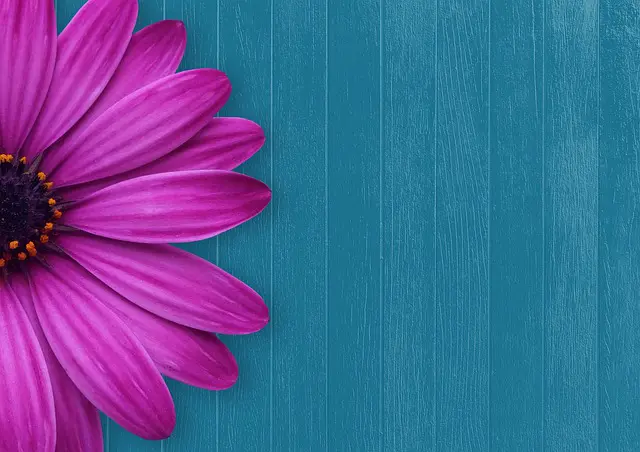Hunting is important to South Dakota. This is especially true of SD pheasant hunting, which attracts people from all over the country every year. People use Opening Day as an excuse to get together with family and friends, making it a social highlight of the year. Management efforts to make conditions ideal for pheasants benefit other wildlife as well, keep rural lands open, and involve the whole community in maintenance of the official state bird.
Almost all that is required to participate in the hunt is a small game license, available for both residents and nonresidents online or at specified physical locations. The license, which covers two 5-day periods, allows for the taking of fifteen birds, limited further to three roosters a day. Hunting hens is not allowed. The annual limit is 15 birds.
Apart from extensive preserves and refuges, hunting is allowed on most public and much private land. The state works with landowners to open as much grassland and woodland as possible. Over a million male Ring-neck pheasants, or roosters, are harvested every year, and it takes both state and private management to sustain the usual population of over 10 million birds.
Idle fields and dense brush provide the cover the birds need for nesting and feeding. Peak populations has coincided with periods when farmland is left fallow: during wartime, because of government incentives, or during economic hard times. The areas most suitable for pheasants are home to many other wild species as well. Periods of drought are hard on the birds, but with ample cover they can survive the coldest winters.
Drought is hard on the birds, making both food and cover less abundant. With proper shelter, pheasants can survive even the coldest winters. Predators account for most early deaths; it’s believed at least a third of hatched chicks won’t live to maturity, and predators are the greatest threat to adults during the winter months. Plots of corn and sorghum planted close to cover helps winter survival.
The Ring-neck is not native to the area but has been naturalized since the early 1900s. Since hunting has been restricted, the population has steadily grown and spread over the whole state. Trapping and relocating birds or breeding them in captivity for release into the wild is no longer necessary.
In 2008, more than 76,000 residents obtained licenses to hunt, while over 100,000 hunters came from all 50 states. The season starts in October, and many make an annual pilgrimage for sport, outdoor adventures, and social gatherings. The season contributes more than two hundred million dollars to local and state economies.
If you enjoy hunting, love the outdoors, or want to share vicariously in this traditional part of life in South Dakota, come for Opening Day in October or during the rest of the season. It’s a great way to see this awesome state and meet great people. If you visit during the spring and summer, you can visualize millions of pheasant chicks happily eating insects in the tall grass or the bushes all around.
Our informative online page includes guidance about our SD pheasant hunting lodges. To review the information, visit the homepage at http://www.riegercreeklodge.com/Guides.html.


